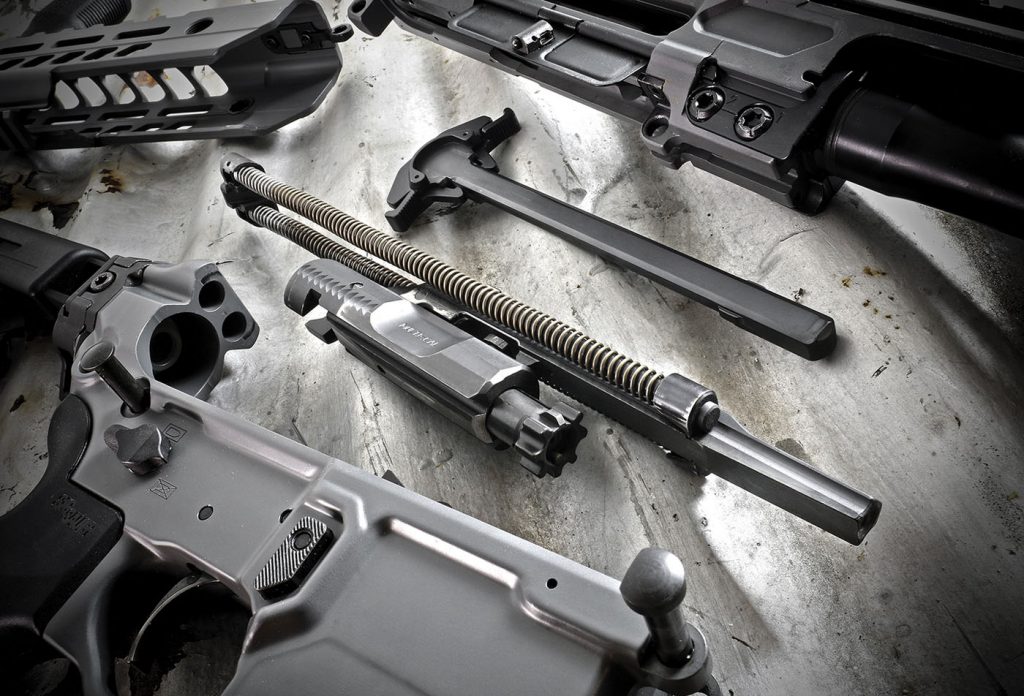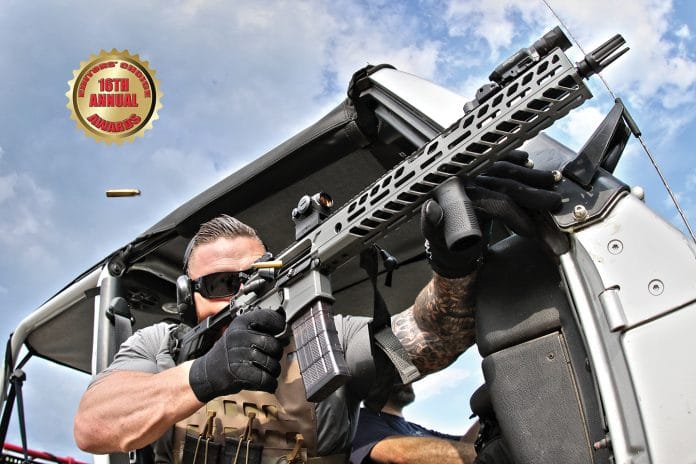SIG takes the successful MCX platform to a whole new level
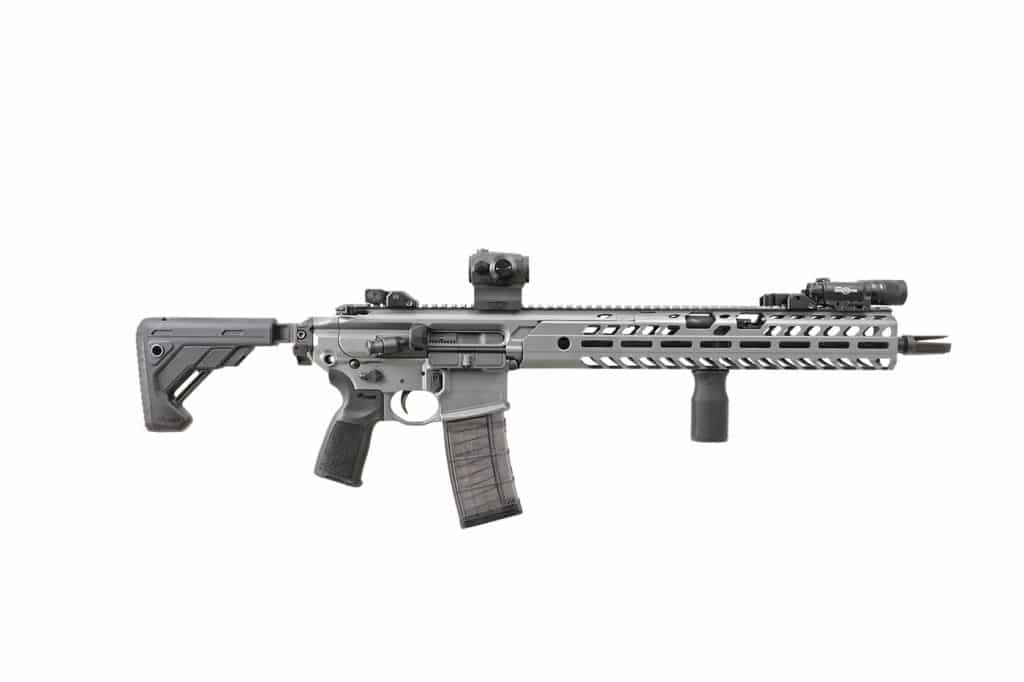 In a world where some groups of people can have anything they want, its fairly easy to tell what the high quality stuff is from their choices. So, when three different Tier 1 special operations units from two different countries choose to carry the same tactical carbine, that sort of says something. That carbine is the SIG Sauer MCX. But, as with most items, even the MCX can be improved upon. Now it has been, as Sig Sauer recently introduced the Sig Virtus, which in ancient Rome meant virtue, bravery and excellence. The Virtus takes the original MCX to a whole new level.
In a world where some groups of people can have anything they want, its fairly easy to tell what the high quality stuff is from their choices. So, when three different Tier 1 special operations units from two different countries choose to carry the same tactical carbine, that sort of says something. That carbine is the SIG Sauer MCX. But, as with most items, even the MCX can be improved upon. Now it has been, as Sig Sauer recently introduced the Sig Virtus, which in ancient Rome meant virtue, bravery and excellence. The Virtus takes the original MCX to a whole new level.
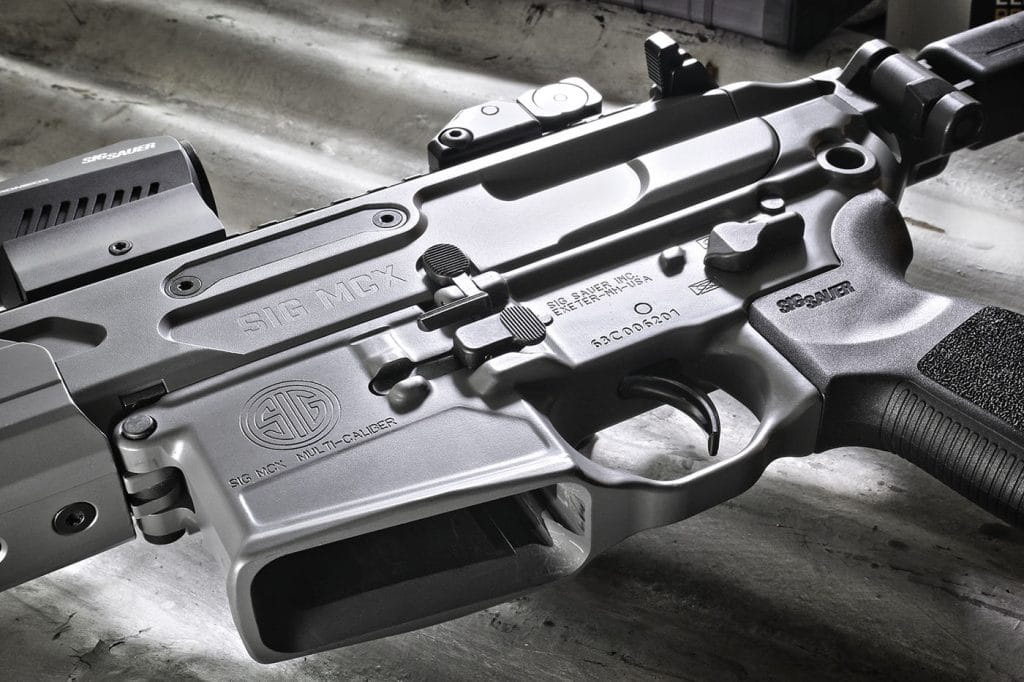
Your typical AR is modular, to a degree, but you can’t change the barrel and related parts without some significant armorer effort, the stock doesn’t fold, and you can’t usually switch between calibers. With the MCX you can do all these things, using basic tools and minimal effort. The MCX utilizes a carbine length gas system, unique dual-recoil spring short-stroke piston operating system that works reliably suppressed or unsuppressed with SBR or longer barrels. Available in 5.56mm and 300 BLK, the MCX is configurable in multiple barrel lengths, including 9.0, 11.5, and 16 inches that can be easily changed by anyone via simply removing two torx screws. The new Sig Virtus is very similar to its older brother, with some notable upgrades. First, the skeletal handguard is much like the older one, but utilizes an MLOK system vs. a keymod one. A Picatinny rail runs across the top to join with the upper receiver, with enlarged slots along the sides for adjusting the two-position gas piston, and QD points on either side of the rear end. The free-floating, CHF barrel has a heavier contour than the original, and is topped with a three-prong flash hider.
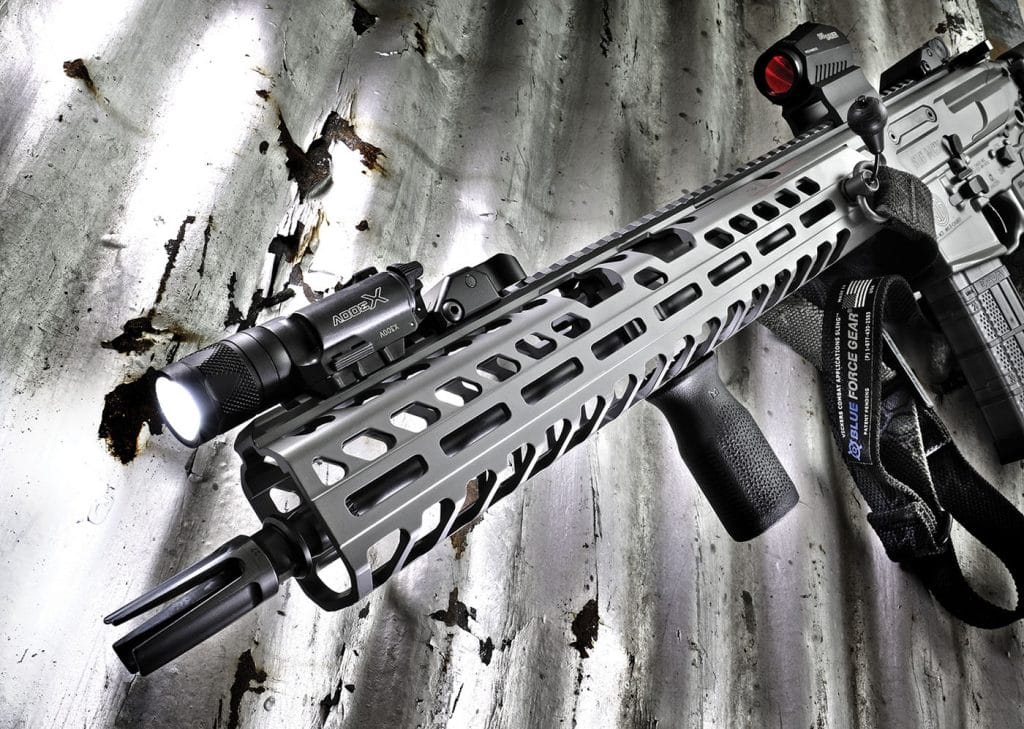
Next, the Virtus now sports a two-stage, Sig Duo trigger, which addresses one of the more significant concerns with its predecessor. The Matchlite Duo is supposed to break crisply at 4.5-6 pounds, but mine averaged an even better 4.25. The upper and lower receivers are forged aluminum, with two integrated QD points on the aft end of the lower. The receivers and handguard are Duracoated in an attractive, durable stealth grey or tan finish. Controls are all in the same places found on an AR, except in this case the safety selector and magazine release are both ambidextrous, as is the charging handle. The bolt catch also has an increased engagement surface for easier handling. The side-folding stock is the same version previously fielded as an upgrade to the thin wire stock on the original MCX. The improved model is a five-position, inch wide, wedge shaped affair with two QD points that runs on an I-beam about two-thirds of an inch thick. The stealth grey, 16-inch patrol version I received came in a hard case with one 30-round Lancer magazine.
